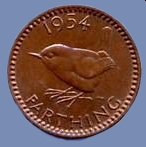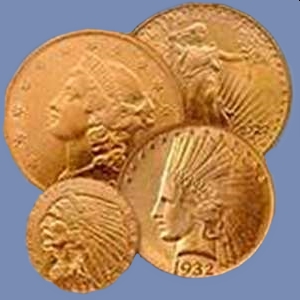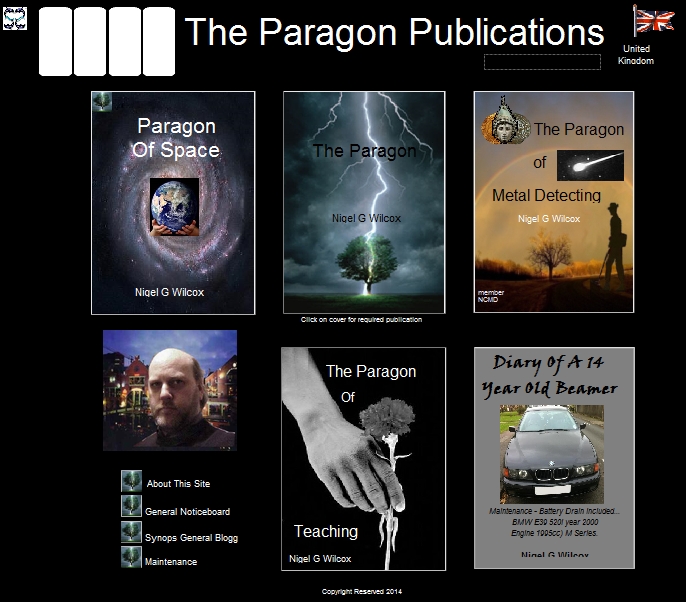








Designed by Nigel G Wilcox







The Paragon Of Metal Detecting
Member NCMD
Powered By Sispro1
British Sterling Currency - Numismatics,
Sixpence
For Reference ONLY
Everything For The Detectorist
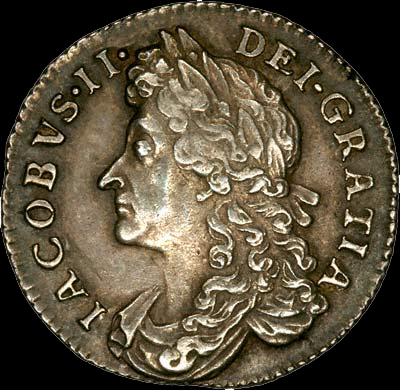
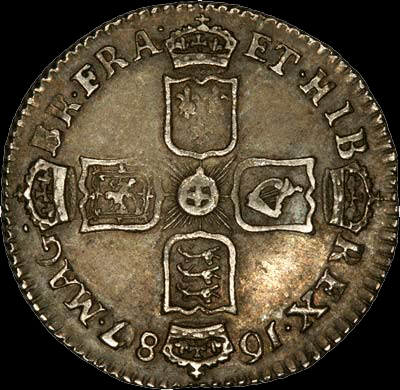
Sterling Coin Menu
Royal Monarchy
Main Coin Index Menu
Copyright All Rights Reserved by Nigel G Wilcox E-Mail: ngwilcox100@gmail.com
INFORMATION - DATA
6. Menu
Pages
Introduction
Metal Detectors
Law
Insurance
Timelines
Reference
Identification
Site Map
MAIN

click
During the Stuart period one of the biggest changes was made in the history of British coinage - the change from hand to machine made coins. In the earlier Stuart period before the English Civil War most of the coins were hand produced and the sheer variety of designs produced during this period of unrest at numerous mints is a large collecting area in it's own right. The milled coins after 1662 form the 'blueprint' of the coinage for the next 100 years or so. The early milled coinage (particularly of Charles II) is very difficult to find in the top grades.
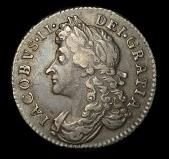
James II 1685-1688 AD
One problem facing James was lack of funds to support the army he headed. James established mints at Dublin and Limerick and issued a token coinage consisting of Crowns, Halfcrowns, Shillings, and sixpence. These were struck in 1689 and 1690, bearing not only the year but also the month of manufacture. The coins were to be redeemed by his followers in Sterling, and with interest, when he re-took the throne. The month placed on the coins was to aid him in knowing how long the piece had been held, and what to pay.
They were first struck from metal obtained from obsolete field cannons, thus the term Gunmoney - though any metal he could get was fair game, and many were struck using bells, cooking pots, pans, and scrap. Later issues were reduced in size because of this shortage, and many pieces were overstruck on other tokens and coins, as well as struck in pewter - this latter being quite rare today.
During the Stuart period one of the biggest changes was made in the history of British coinage - the change from hand to machine made coins. In the earlier Stuart period before the English Civil War most of the coins were hand produced and the sheer variety of designs produced during this period of unrest at numerous mints is a large collecting area in it's own right. The milled coins after 1662 form the 'blueprint' of the coinage for the next 100 years or so. The early milled coinage (particularly of Charles II) is very difficult to find in the top grades.
One problem facing James was lack of funds to support the army he headed. James established mints at Dublin and Limerick and issued a token coinage consisting of Crowns, Halfcrowns, Shillings, and sixpence. These were struck in 1689 and 1690, bearing not only the year but also the month of manufacture. The coins were to be redeemed by his followers in Sterling, and with interest, when he re-took the throne. The month placed on the coins was to aid him in knowing how long the piece had been held, and what to pay.
They were first struck from metal obtained from obsolete field cannons, thus the term Gunmoney - though any metal he could get was fair game, and many were struck using bells, cooking pots, pans, and scrap. Later issues were reduced in size because of this shortage, and many pieces were overstruck on other tokens and coins, as well as struck in pewter - this latter being quite rare today.
During the Stuart period one of the biggest changes was made in the history of British coinage - the change from hand to machine made coins. In the earlier Stuart period before the English Civil War most of the coins were hand produced and the sheer variety of designs produced during this period of unrest at numerous mints is a large collecting area in it's own right. The milled coins after 1662 form the 'blueprint' of the coinage for the next 100 years or so. The early milled coinage (particularly of Charles II) is very difficult to find in the top grades.
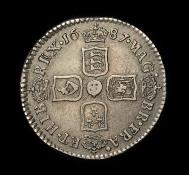
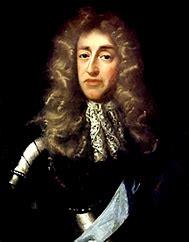
James II
Sixpence
